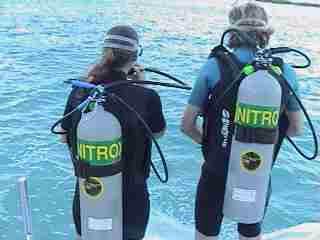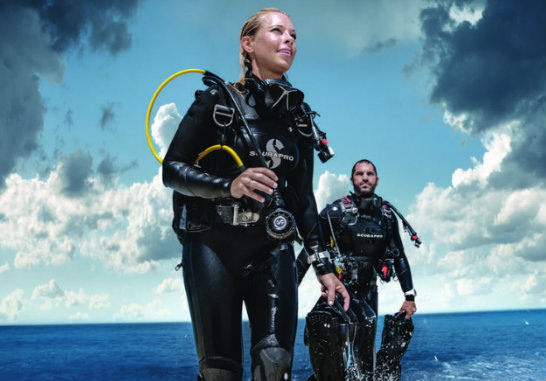
An input device for controlling buoyancy includes a means to control a second rate. You may select the second rate by using the input means 81. This may also be known as a rate selection button. Or, the second rate can be chosen by bypassing first-selected rate. A buoyancy control device can include a variety of features depending on the situation. The buoyancy control device may include a buoyancy pump and a weight belt.
Weight belts
Although the centre buoyancy of a diver may be out of the diver’s control, it is possible to adjust the suit’s weight and position on the cylinder. In addition, weight belts and integrated BC weights can provide divers with additional control over their buoyancy. These buoyancy control devices should be worn at the waist, above the hips, and below the knees, to provide a neutral trim.

Dump valves
Two ways can a BCD control your buoyancy. Either blow out the air bladder completely, or add air. Dump valves are generally attached to a string and help to control air levels. Most BCDs have one or two dump valves on each shoulder. The dump valves are used to deflate the bladder during diving to maintain comfortable buoyancy.
Jacket-style buoyancy control device
You might want to consider a jacket-style buoyancy controlling device (BCD), whether you are just starting out or have been diving for a while. BCDs are made to fit snugly over swimsuits, so they will not move around. Some models are equipped with rear trim pockets and front weight pockets. Jacket-style BCDs have a cushioned hardback that is comfortable and can be adjusted to adjust the buoyancy.
Attachment systems in BC
A BC is a type scuba dive vest used by divers to maintain buoyancy and prevent sinking. A BC is designed to keep the diver and SCUBA tanks in place. BCDs can be similar in design, but the functions and functionality of each model will differ. It is important to know how to use your BC properly and make a backup plan in case of malfunction.

Changing depth is controlled by pneumatic valves
Pneumatic valves form the heart of many industrial processes. They control fluid flow by using the force-balance principle. Three ports make up a pneumatic valve: an air supply port, a control signal output and an exhaust. A lever arm is placed above the device that must be controlled. It is equipped with an adjustable diaphragm which changes pressure when the position of an external sensor changes. The sensor's pressure increases and the left end lifts the lever arm to open the supply air valve. The controlled device is activated when there's more pressure.